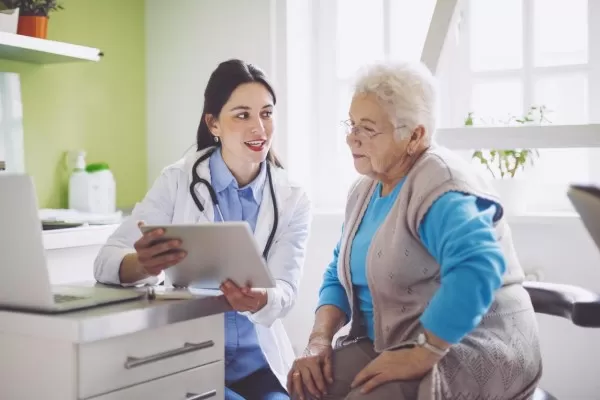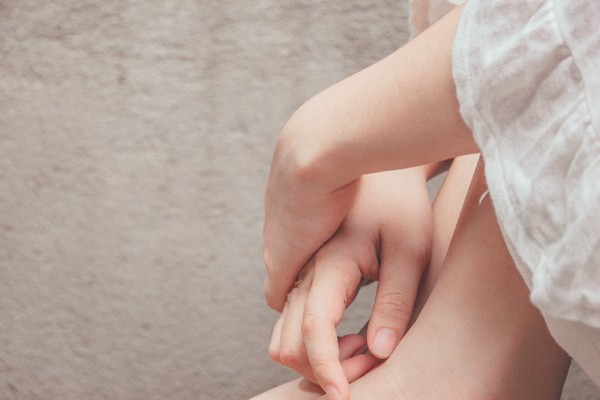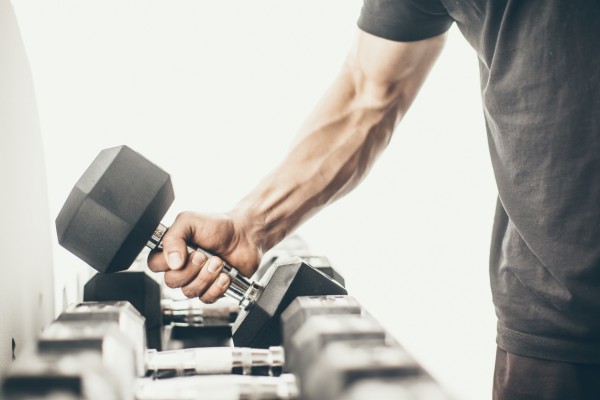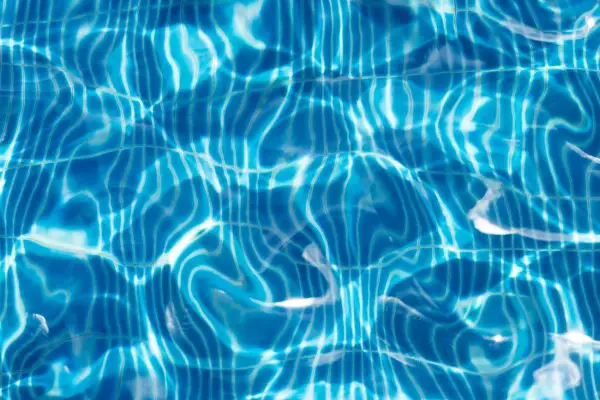What Are Varicose Veins?
Many people have hear of varicose veins but often are confused as to what actually makes it a varicose vein vs. normal vein or spider vein. After 20+ years of assisting in vein treatment, I have learned what the differences are. Varicose veins are the twisted, knotted, swollen veins that develop as a result of weakened or damaged walls and/or valves within the vein. While varicose veins can develop in any vein, they occur most often in the legs and are typically observed in the superficial veins of the legs, just under the surface of the skin.
However, not all the veins you see under the surface of your skin are varicose veins; in fact, it’s common to see a number of healthy veins that lie directly beneath the skin. It’s also worth noting that not all varicose veins are created equal; the development of varicose veins is complex, progressive, and occurs for a variety of reasons.
The Venous System: An Overview
Forming a complex network of named and unnamed veins, veins have the essential role of returning deoxygenated blood from the organs back to the heart. Veins come in a variety of sizes and are found throughout the body; these include deep veins, superficial veins, and surface veins.
Deep Veins
Deep veins, like their name suggest, are located deep within the body, are typically larger veins, and tend to run within muscles and along bones; commonly known deep veins include the femoral vein in the thigh, the popliteal veins behind the knee, and the tibial vein found in the calf.
Deep veins are surrounded by muscles, especially in the legs; these muscles work to support blood flow through the veins and back to the heart by squeezing the vein during contraction. The deep veins in the legs are responsible for carrying the vast majority of the blood, traveling through the legs, back towards the heart.
Superficial Veins
As mentioned earlier, superficial veins are the veins that lie about 1 centimeter below the skin surface. These veins transport the blood from the area nearest the surface of the skin to the deep veins via short veins called perforator veins; once returned to the deep veins, the blood is then transported back to the heart.
Since most varicose veins occur in the lower extremities, it’s important to point out the two types of superficial veins found there; these include:
- Great saphenous vein (GSV); The longest vein in the body and the largest superficial vein in the leg; running the entire length of each lower limb, the GSV is the main source of blood return from the feet, calves, and thigh.
- Small saphenous vein; Smaller in size when compared to the GSV, but also important for returning blood. This superficial vein runs behind the calf and drains into the Popliteal vein.
- Accessory saphenous veins; Lesser known, but important saphenous veins that run parallel to, and link to, the GSV; these saphenous veins are located throughout the leg, including in the calf and thigh.
Surface Veins
Surface veins are the veins noticeable on the surface of the skin; these veins are most often normal branch veins, spider veins, reticular veins, or varicose veins.
Spider veins are tiny damaged veins that appear close to the surface of the skin. Named for their close resemblance to a spider’s web, these small, thin veins are often blue, red, or purple in color and also can appear as thin lines or tiny connected branches on areas of the face or legs.
Reticular Veins
Reticular veins are slightly larger than spider veins – typically 2 to 3 mm in diameter, but not as big as varicose veins. Reticular veins also tend to feed into spider veins and are also commonly referred to as “feeder” veins.
Similar to spider veins, reticular veins typically develop on the legs – most commonly on the inner thighs, back of the leg, lower legs, and the ankle, but, because of their size, it’s less common for reticular veins to appear on the face; it’s also common for reticular veins to look flat and not as twisted as varicose veins.
Varicose Veins
Varicose veins, as described above are twisted, knotted, swollen veins that develop as a result of weakened, damaged, or failed walls and/or valves within the vein; they also often develop as when blood pressure increases within a vein. While varicose veins can develop in any vein, they occur most often in the legs and are typically observed just under the surface of the skin.
Varicose Veins Causes
The appearance of superficial or surface spider, reticular, and varicose veins are an indication of vein damage. Damaged vein walls or failed one-way valves hinder the circulatory system’s ability to return blood back to the heart. As blood is returned to the heart, the pressure of the blood flow pushes the flaps open, like a “one-way” swinging door. In a healthy vein, when blood begins to back up or flow begins to slow, the valve immediately closes, preventing backflow of blood.
However, when the valve fails, blood fills and pools in the vein. Often, as a result, additional surface veins, or branches, are created to support with the back flowing and pooling of blood; these branches fill with blood and appear as the twisty, ropy veins directly under the surface of the skin we know as spider veins, reticular veins, or varicose veins.
Varicose Veins Symptoms
While most cases of varicose veins are generally benign, the condition can be progressive overtime, meaning that absent treatment, both the severity and intensity of required treatment will continue to increase over time. The most common varicose veins symptoms include:
- Swelling in the affected area and especially in the lower legs
- The appearance of twisted, swollen, and knotty veins
- Aching, numbness, or burning sensation that becomes more pronounced when standing
- A localized feeling of “heaviness” or tiredness
- The appearance of new or additional damaged surface or superficial veins
Next: Varicose Veins Treatment
Read This Next
A Guide to Perforator Veins The venous system of the lower limbs consists primarily of deep and superficial veins but there is a system of veins that connect the two,...
Read MoreAs the weather warms, many of us shed our heavy winter boots and shoes for lighter, airier sandals or sneakers. However, if we are one of those who has swollen ankles and...
Read MoreWhy Are My Arm Veins Bulging? Prominent, bulging veins in your arms and hands aren't usually a sign of a serious health concern. For many patients, however, they are a...
Read MoreHave you recently noticed the development of blue veins on your chest or breasts? If so, you have probably found yourself struggling with a variety of emotions: fear, self-consciousness,...
Read More




